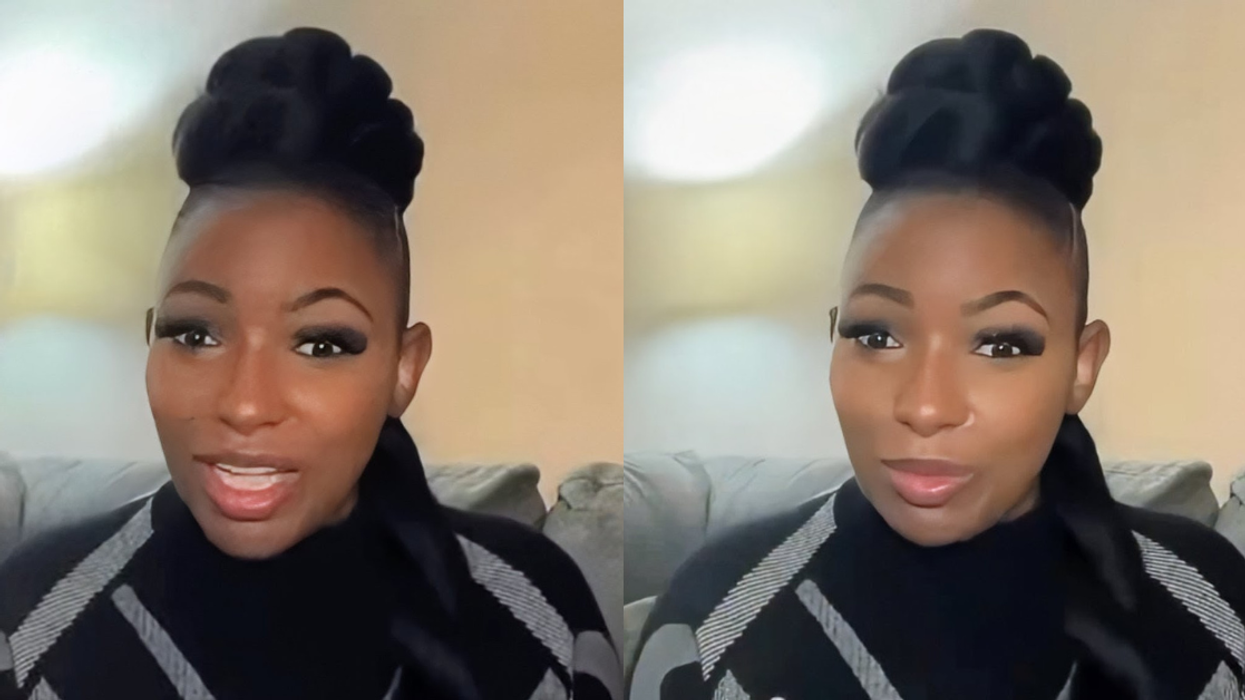Researchers with the Search for Extraterrestrial Intelligence Program (SETI) are investigating signal spikes emitting from a star in the constellation Hercules. The star, an estimated 6.3 billion years old, is 95 light years from Earth––about 500 trillion miles away. "We are talking about a message that left its star in 1920 and finally arrived in Russia in 2015," said Doug Vakoch, Ph.D., who works with METI International, a group that focuses on messaging extraterrestrial intelligence.
The Russian Academy of Science-operated RATAN-600 radio telescope in Zelenchukskaya, Russia picked up an unexplained blip in May last year, but scientists kept their findings secret from the international community. The news only made headlines after Centauri Dreams reporter Paul Gilster, who specializes in reports on interstellar space, broke the story from a document researchers circulated in which they announced the detection of "a strong signal in the direction of HDI64595."
Scientists believe HDI64595 is sun-like in nature, and that it might have a metallic composition nearly identical to our sun. The team also discovered a gaseous Neptune-like planet––HD 164595 b––in its orbit. That there could be other still undetected planets within this system is not outside the realm of possibility.

Claudio Maccone, an Italian SETI researcher and mathematician, leads the study along with Russia’s Nikolai Bursov of the Special Astrophysical Observatory. "Permanent monitoring of the target," they say, "is needed."
Alan Boyle, the author of The Case for Pluto, explained why: "The signal conceivably fits the profile for an international transmission from an extraterrestrial source," he said. "In any case, the blip is interesting enough to merit discussion by those who specialize in the search for extraterrestrial intelligence."
The signal's strength is powerful enough to indicate that if it does, in fact,
emanate from an isotropic beacon (a hypothetical type of transmission beacon that emits a uniform electromagnetic signal in all directions for communication with extraterrestrial intelligence), only a Kardashev Type II civilization would have built the power source. Researchers use the Kardashev scale to measure the amount of energy used to deliver an extraterrestrial message and to determine the progress of a civilization's technological development. According to theory, a Type II civilization would have the capability to harness the energy of their entire host star.
If extraterrestrial lifeforms beamed the signal into the galaxy without direction, that would require a colossal amount of power to detect. Transmitting the signal to our solar system alone would require considerably less energy, indicating the presence of a Type I civilization: contemporary and highly advanced, with the ability to harness solar energy from its local star. (We do this on our planet with solar panels.)
Last night, the SETI Institute decided to divert its Allen Telescope Array in northern California for its investigation. METI International will also participate from Panama's Boquete Optical Observatory. Researchers will discuss the signal as well as their subsequent findings at the 67th International Astronautical Congress in Guadalajara, Mexico, on September 27.
















